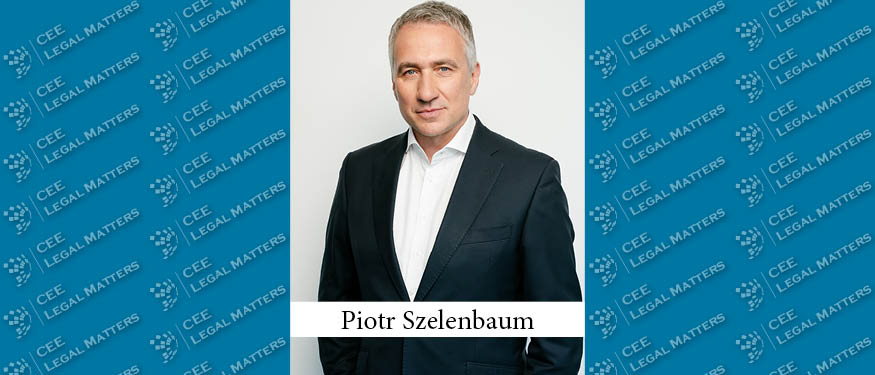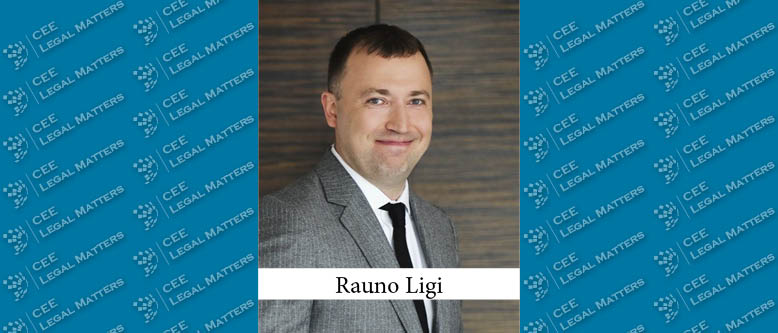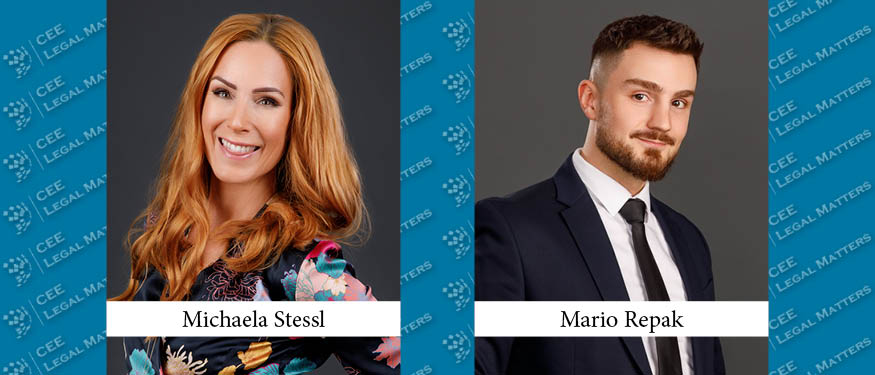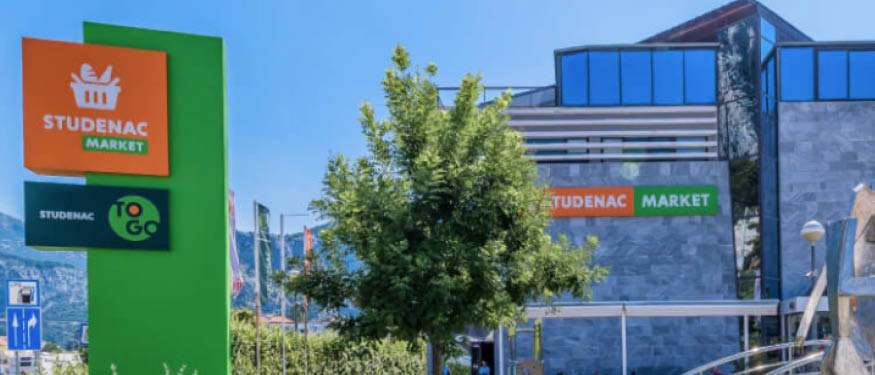Partners at Serbian Law Firms Discuss the Growing Number of Legal Alliances Appearing Across the Former Yugoslavia
The Phenomenon Described
On March 23, 2017, CEE Legal Matters reported that the Adriatic Legal Network has added two new members, quoting an ALN press release which claimed that, now, “the entire territory of former Yugoslavia is finally covered.” This news followed a month after CEE Legal Matters reported that the South East Legal Alliance (SELA) had announced a similar two-firm expansion, providing it with identical market coverage. According to Milan Samardzic, Partner of the Samardzic, Oreski & Grbovic Law Firm (SOG), “it feels like there’s a new alliance every week now.”
Indeed, an ever-growing number of firms in the former Yugoslavia claim to offer a one-stop-shop solution across the region in their client pitches and in London roadshows, and partners at leading Serbian law firms have strong opinions on the subject, which Tijana Kojovic, the Managing Partner of BDK Advokati (a member of SEE Legal) describes as “the fashion of the day.”
Nikola Jankovic, JPM Jankovic Popovic Mitic’s Managing Partner, explains: “It appears that these new networks have been formed on ‘the wave’ that SEE Legal initiated ten years ago and that TLA [Top-tier Legal Alliance, of which JPM is a member] continued three years ago. Regional coverage is in demand, as most transactions in the region involve at least two regional jurisdictions.” He says: “Frankly speaking, after SEE Legal, Karanovic & Nikolic going regional, and TLA, all the others probably think there is a lot of money to be collected in the region and that it’s ‘sexy’ to be able to offer regional coverage.” He laughs that “they should have at least tried to be more innovative concerning the names of their networks.”
Vladimir Bojanovic, Managing Partner of Bojanovic & Partners, agrees that “firms are gaining an appetite to position themselves as internationally focused and able to effectively manage regional mandates.” And indeed, Marija Bojovic, Managing Partner of Bojovic & Partners, reports that she was moved to set up SELA after witnessing the benefits of SEE Legal’s regional network with her previous firm, BDK Advocati.
Slobodan Kremenjak, Partner at Zivkovic Samardzic Law Office, believes the alliance trend is inevitable due to the relatively small size of the markets and the absence of the larger London and New York-based international firms. Bojovic as well points out that the six former Yugoslavian markets combined are approximately the same size as Romania and that the same investors tend to appear across the region.
As a result, it appears more networks are in the works. Mladjan Marjanovic, Partner of Marjanovic Law, says his firm is in the process “of setting up a strong cooperation with a law firm in Montenegro” and adds that “it’s rather certain we will do the same with Bosnia and Herzegovina, Croatia, and Bulgaria.” According to Samardzic, “SOG is also in the process of setting up a new alliance with its partner law firms from the region.” He adds: “You can expect an official launch in the very near future.”
The Baltic Model?
The Baltic states of Lithuania, Latvia, and Estonia provide a template for Balkan firms to follow, as, like the jurisdictions in the former Yugoslavia, the Baltics share a similar geography, political history, and culture – and as many clients are present in all three markets. One significant difference involves nomenclature: In the Baltics all members of alliances tend to operate under one name (while maintaining formal separation in partnership, profit distribution, and management) rather than maintaining separate names, as the firms in the Balkans have done. Even that distinction may not last long, however: Based on the number of alliances emerging, Kremenjak believes that, as the Balkan alliances settle in, “stronger bonds will appear,” and stronger forms of cooperation beyond simple branding alliances will manifest themselves. When asked if that means efforts to merge brands are on the horizon, Kremenjak is succinct: “Oh, it will come.”
But others are less sure. Bojovic says that “it is too early for now” to contemplate any form of integration. She explains that the market would need convincing that the one-firm model pursued currently by ODI Law and Karanovic & Nikolic can work, citing the one genuinely integrated pan-Baltic firm as an example: “I want to see present single-firm approaches prove successful the same way Sorainen acted as an inspiration in the Baltics.” Still, eventually, it may have to happen. Samardzic says: “While it is an idealistic goal at this point in time, a complete integration of independent law firms that can efficiently operate as one single firm would be the best outcome for both the clients and individual law firms from the region. For the time being, alliances need to build up their capability of proving they can act as one firm when, in fact, they are not.”
But it’s not simply a matter of logistics or will. Bojovic points to the significant obstacles posed by local Balkan Bar associations, opposed to many modern commercial law practices (see “Discord and Dissent” on page 52), which are too significant “for it to be worth it right now.” Kremenjak believes the conservative Bar associations can be overcome, however, as he believes the trend towards expanding alliances is ultimately “client driven” and, thus, “in the long run, if the firms see commercial sense, they will find a solution.”
In fact, there’s some evidence that tentative steps towards integrating the alliances beyond a memorandum of cooperation are already being made. Kojovic, at BDK, explains that, in the SEE Legal network, within a range, individual members are able to offer a consistent fee package. Towards the same goal of consistency, the network has a full-time representative based in the BDK Advokati office tasked with ensuring a common packaging of all delivered work.
Furthermore, two of the alliances – SEE Legal and TLA – have registered NGOs dedicated to facilitating the operations of their respective networks. In the case of SEE Legal, an NGO based in Sofia handles alliance administrative work, funded by the network’s membership fee.
And according to Jankovic at JPM, because they wanted to “avoid centralizing and running TLA from Belgrade as the largest regional city of the Adriatic region,” members have chosen to base the network in Austria. “Vienna is a regional business hub with strong historical ties to the region, it is a convenient place to do business for our German-speaking clients, and it is convenient for me on a personal level, as I live with my family in Vienna, dividing business time equally between Vienna and Belgrade.” Like SEE Legal, TLA has a common budget used, Jankovic says, for “raising the market profile of the network and various business development activities.”
At the end of the day, creating an NGO to manage administrative matters or a shared budget may or may not be essential – but, as Tijana Kojovic says, “it is certainly useful.”
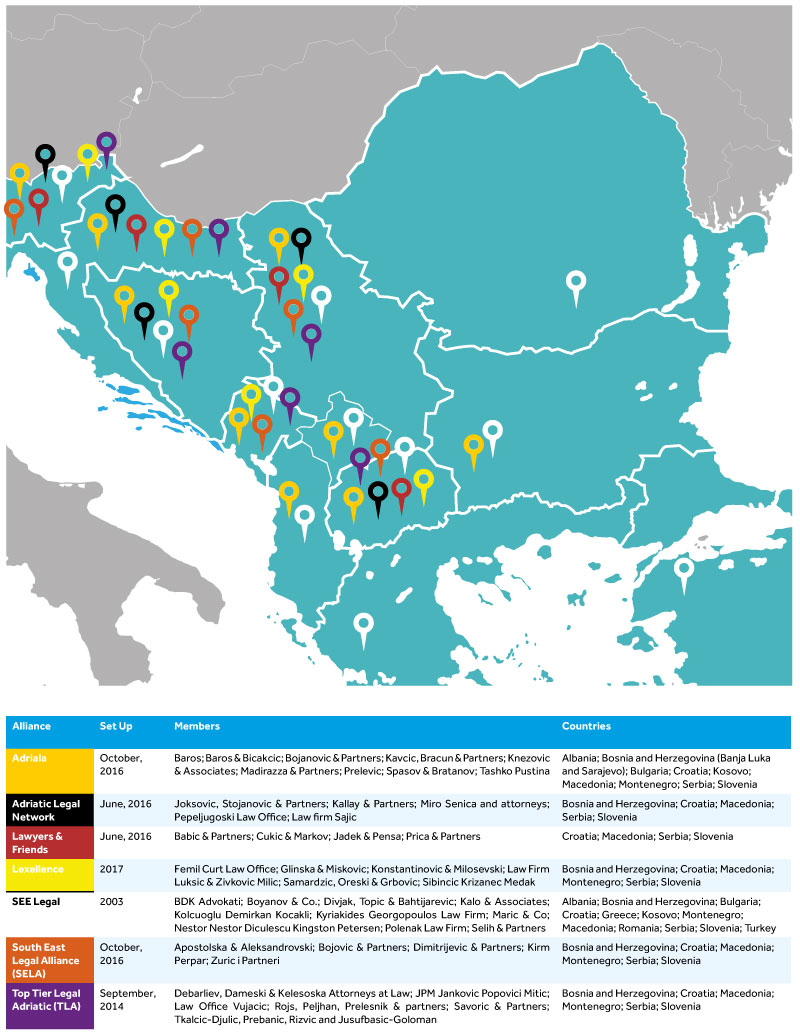
“Sexy” Requires Commitment
On one element many participants in Balkan alliances agree: Success doesn’t come easy. Bojovic, at Bojovic & Partners says that building a network like SELA is almost a “full-time job,” which requires “a real commitment if you are looking to build something more than a simple website.” BDK’s Kojovic agrees that it is critical to develop more than just a joint marketing platform if a network is planning to target international firms in London and present themselves as offering to service a whole region. Otherwise, Kojovic claims, “the new alliances, if not well thought-through, may risk offering a Nokia in the age of iPhone 7s.”
This commitment requires a variety of additional steps, including the joint acquisition and sharing of knowledge – what Bojovic describes as “quality alignment.” Unsurprisingly, everyone claims their networks excel in this regard. Jankovic notes that “as has been the case with some global legal networks, firms in smaller jurisdictions have benefitted by transfer of know-how and exposure to more complex areas of legal work” and says, for example, “all firms in the [TLA] network have achieved a common synergy, demonstrated by enhanced collaboration, coordination, and flexibility, resulting overall in better service for all TLA clients.”
Kojovic claims SEE Legal has been committed to this process since it began over four years ago and has developed many projects to ensure that the same quality of service is provided by all alliance members. She reports a drive to create a “real regional outlook,” by encouraging all members to stay apprised of what’s happening in their fellow members’ jurisdictions and helping them do so. SEE Legal has also initiated the creation of practice groups within the alliance such as M&A, Banking, Competition, and Energy, allowing the individual heads of practice at each member firm to exchange both know-how and business intelligence with their counterparts across the region.
Simply put, Kremenjak believes "that we are beyond that point in time when just issuing a press release and announcing the creation of the network matters."
Is a Network the Best Strategy?
Still, why would a firm choose to join a network rather than simply opening up a new office? Indeed, both Karanovic & Nikolic and ODI Law have foregone the network/alliance approach in favor of expansion. And as Milos Curovic, Managing Partner of ODI Law’s Belgrade office explains, the network model is hardly the only route to achieving quality control: “The quality can be achieved both ways, depending on the frequency of cooperation within the network or group.” In fact, he feels that for networks – compared to integrated law firms with multiple offices – it can be a bigger challenge “to offer seamless advice throughout multiple jurisdictions, prioritizing mandates and response time at the early stage of the project.”
Bojanovic, at Bojanovic & Partners, however, insists that, while he respects the achievements of firms like K&N and ODI, their success does not mean other firms, with other business models, would achieve the same result: “Everyone should find the approach they believe would lead to the highest client satisfaction. In our case, we decided to remain a local Serbian law firm and to cover the Balkans through our legal network Adriala, which is unique in many aspects. Frankly, after thorough consideration this seemed to be the most effective solution for seamless and the highest quality control that in my view can be only achieved through decentralization and joint work forces of the most reputable local law firms.”
Of course, many as-yet-independent firms claim that their reluctance to join alliances is motivated by that same commitment to quality. Bogdan Gecic, the Founding Partner of Gecic Law, believes that, unlike the obligation to refer to work exclusively to other network members typical of some networks, the flexibility firms like his enjoy works to the client’s benefit: “As you know, we are committed to compete only in those areas where we are absolutely certain that we can provide the highest level of service. With that in mind, close cooperation with a number of leading firms in local jurisdictions, specializing in different areas of law, which allows us to cherry-pick the very best in each and every practice area, makes more sense for the time being, as it enables us to provide high-end service while building a foundation for a sort of ‘alliance’ of firms that share the same values, commitment to excellence, and expertise, rather than ‘strength in numbers’ as the primary advantage.”
Ironically, other independent firms, like Nenad Stankovic, Partner of Stankovic & Partners, are not sold on the network concept specifically because of the lack of exclusivity in “many of them in any way, which minimizes returns.” In addition, Stankovic insists that firms based in Belgrade – the regional hub – are much more likely to be referring clients to other markets than receiving them. As a result, he believes, for partners in the Serbian capital, “it is not really worth it at the end of the day, because it involves too much work and money spent on marketing when compared to the benefits.”
Not all agree with the pattern of referral flow Stankovic describes, however. Curovic at ODI Law reports more referrals coming to Serbia from Slovenia and Croatia than going in the opposite direction, though he concedes that it might be “more a question of specific office size and strength than market trends.” And according to Jankovic, “similar to the typical direction flow of business in the rest of Europe (West to East and North to South), the work in the region has been predominantly moving from West to East and North to South. In the case of Serbia, that means that the vast majority of inbound referral work comes from Slovenia and Croatia and similarly flows from Serbia across to Bosnia & Herzegovina, Montenegro and Macedonia.”
Finally, again, a number of firms that have joined alliances rather than opening their own foreign offices cite the challenges posed by the local Bar associations. But those obstacles may be shrinking. Many report a gradual evolution happening. Curovic explains why his firm was undeterred in opening up offices in other former Yugoslavian countries: “With the globalization of the economy, the legal services sector also followed that trend. We at ODI understand that clients cannot be burdened by local Bar regulations that keep the protective national approach. The single firm approach is something that came out of clients’ needs and not as our innovation. As long as there is client demand we will do our best to support them even if that means taking a more difficult path for ourselves.”
And when asked about how he expects the Bars to evolve in the future, Kremenjak says, “I expect the Bars will continue to be conservative, I’m afraid,” but he insists that “they will learn over time they cannot oppose such movements at all times.” Building on that, he believes that “a wise bar” will learn over time to allow firms to grow in this direction because, ultimately, such growth is the only thing that will allow local players to truly compete with international firms.
The Ultimate Test
Beyond the challenges presented by (either the need for or the threat from) exclusivity and the problems posed by overly-conservative Bar associations, Bojanovic says that ultimately the increasing number of networks in the region will all need to survive two tests: “The quality test after they win their first truly regional mandate and the test of time to see if they actually stay together.”









